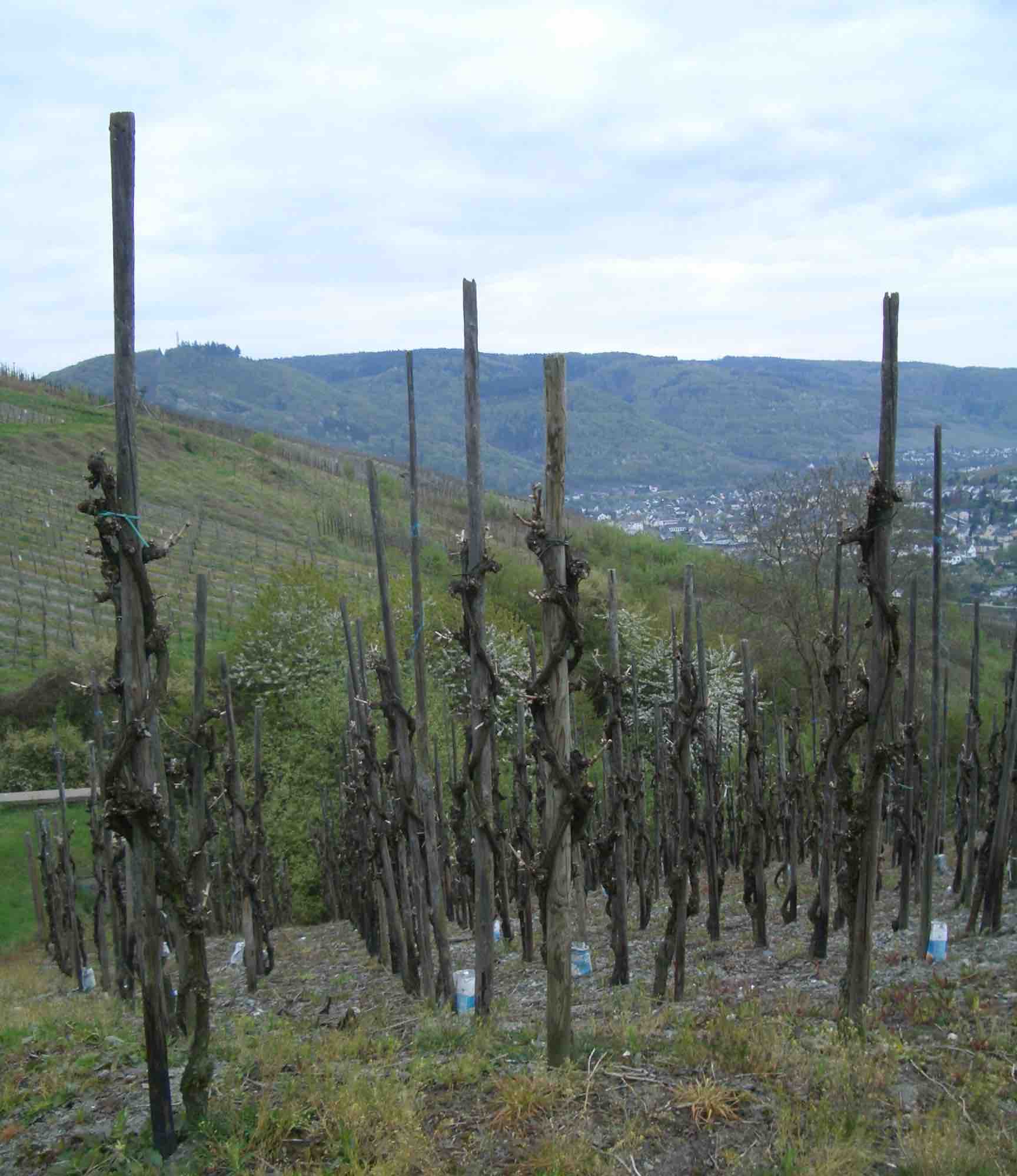
The terroir of the Graacher Himmelreich can be described as excellent. Weathered, mineral-rich Devonian slate characterizes the vine sites around Graach. The heat-storing properties of the slate and the south to south-west orientation of the steep slopes enable a good ripening in late summer and into October.
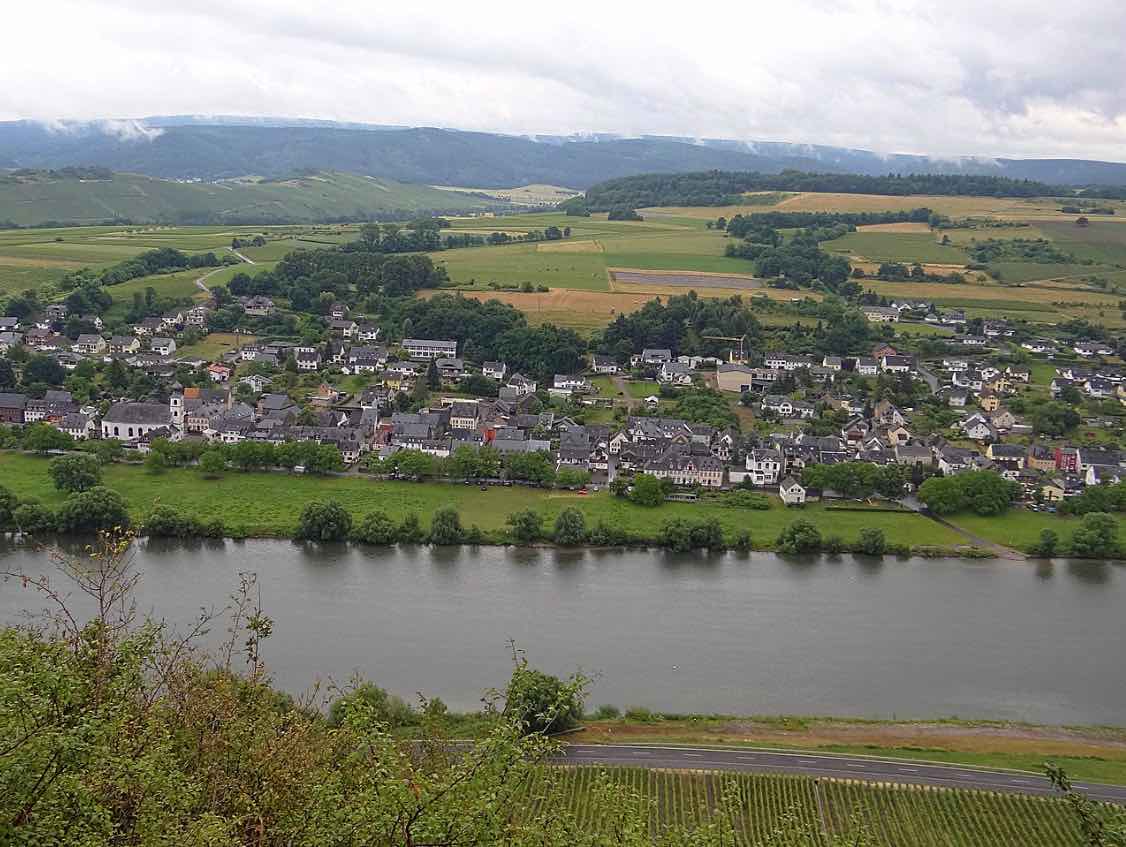
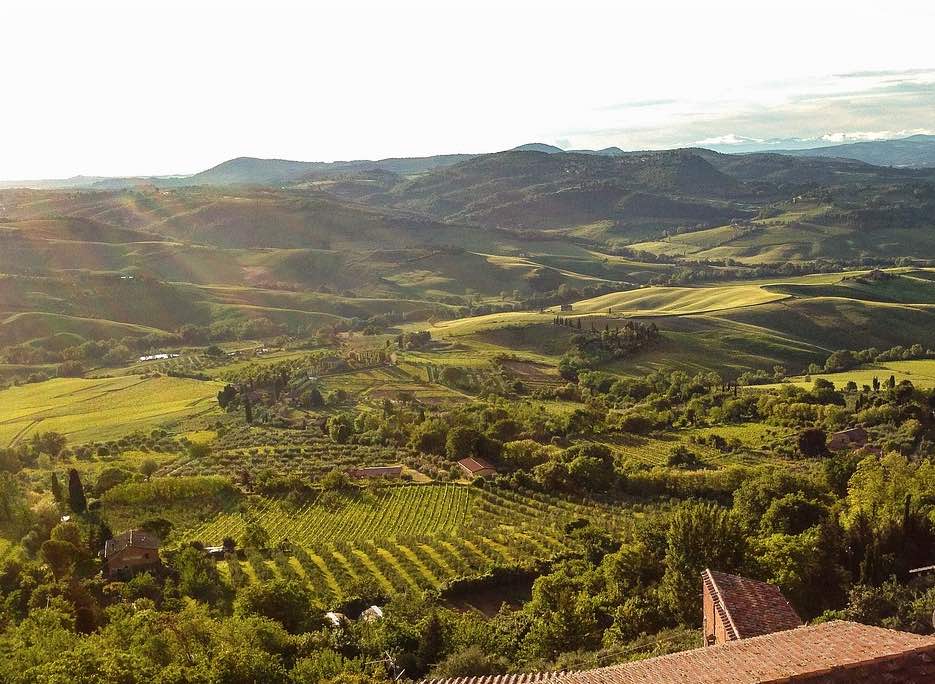
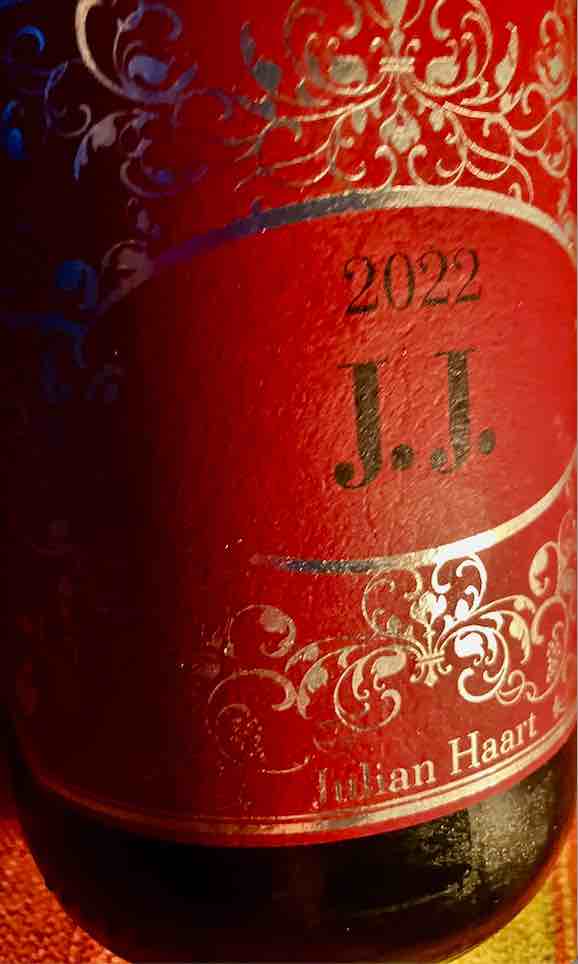
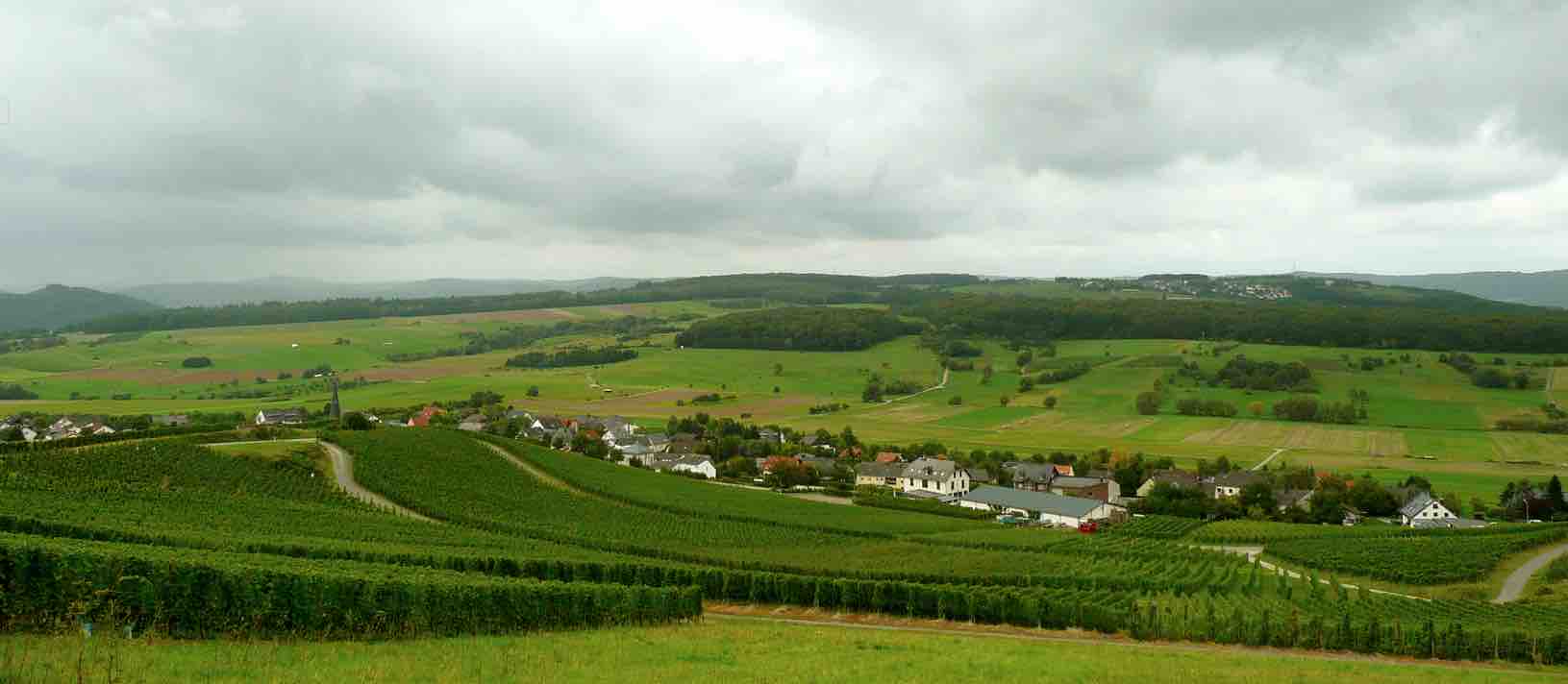
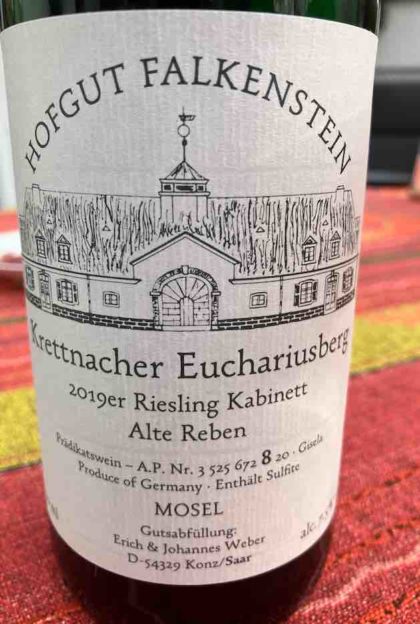
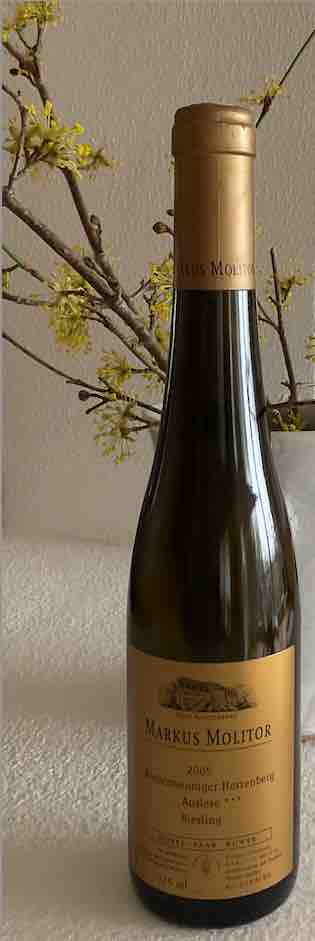 Markus Molitor shows how the consistent implementation of quality standards can become a story of success. Since taking over his father’s winery in 1984, he has constantly expanded it, as he has consistently pursued the goal he formulated of building on the golden days of Riesling from the Mosel with wines that are extremely typical of the location and can be stored.
Markus Molitor shows how the consistent implementation of quality standards can become a story of success. Since taking over his father’s winery in 1984, he has constantly expanded it, as he has consistently pursued the goal he formulated of building on the golden days of Riesling from the Mosel with wines that are extremely typical of the location and can be stored.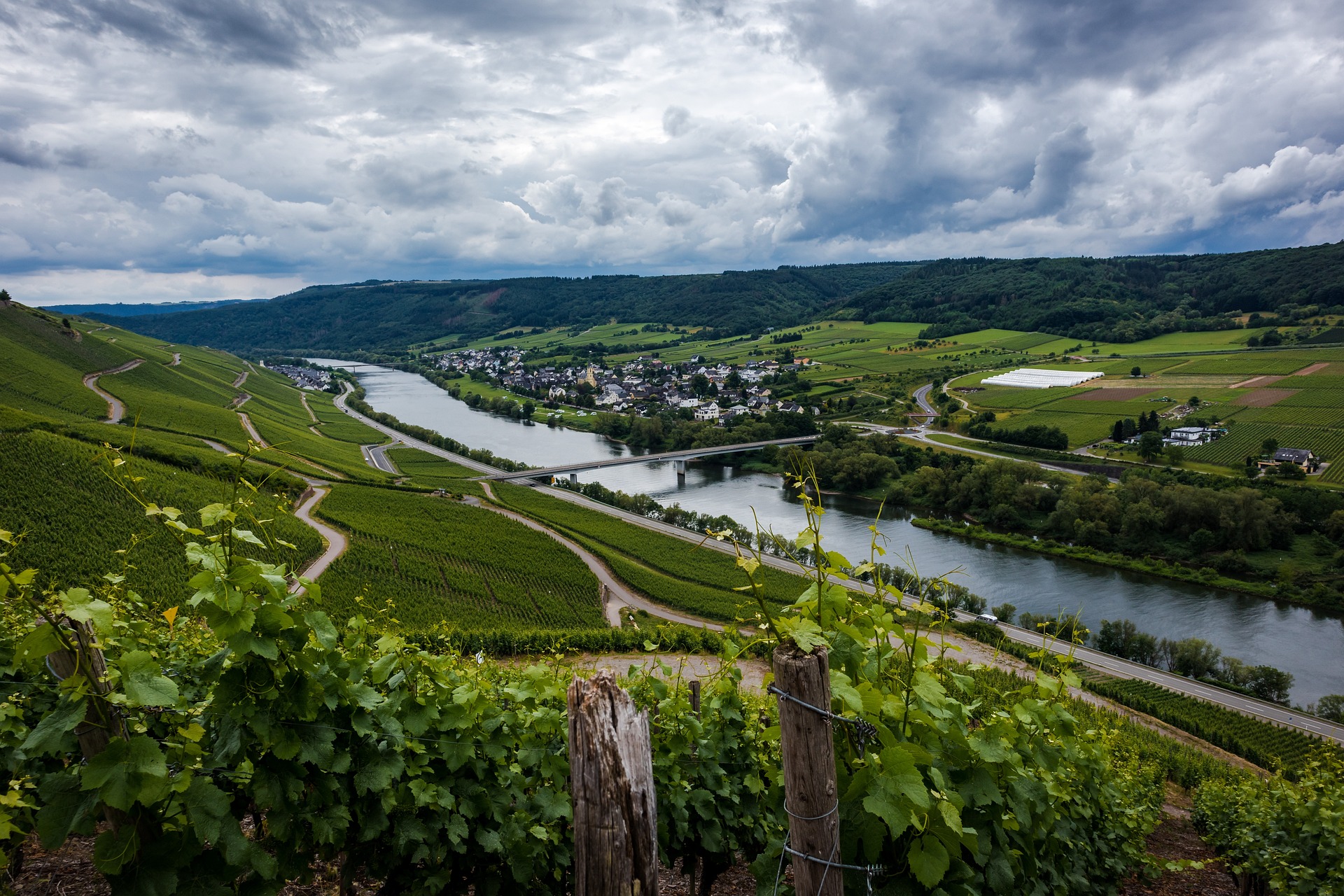
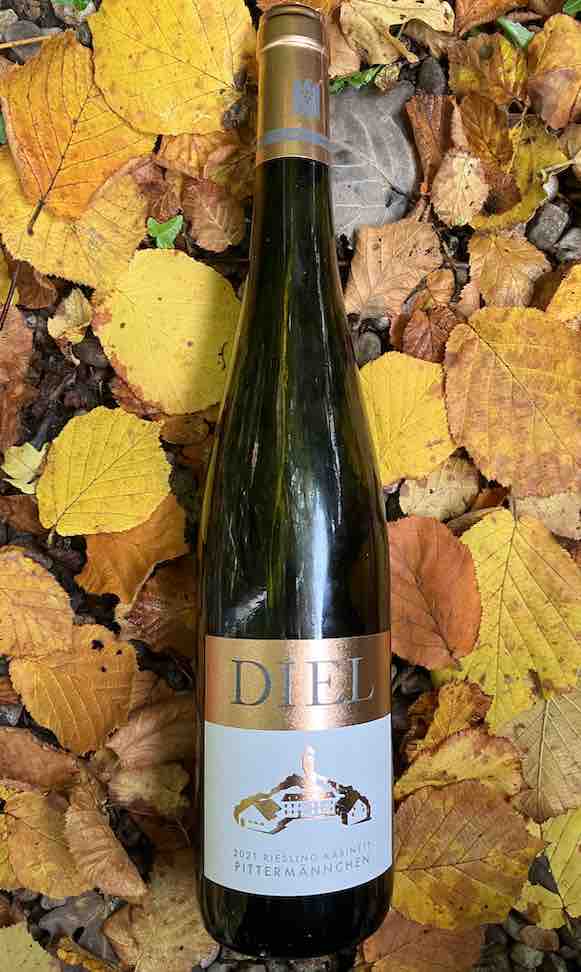
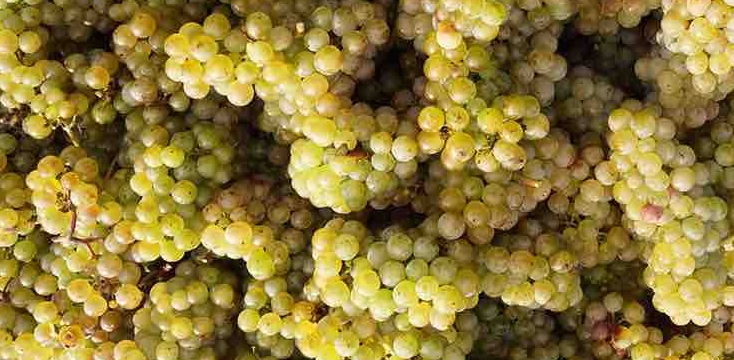 The Hofgut Falkenstein, or a Riesling Spätlese from the winery, has already been the subject of this blog, nevertheless here are the most important points about the winery: Erich Weber and his son Johannes are responsible for the winery. Both studied viticulture in Geisenheim and it seems that they have a very similar view of Riesling vines and whose wines. Their philosophy seems to be characterized on the one hand by renunciation: no fertilisers, fungicides, herbicides and pesticides in the vineyard, no pure culture yeasts,
The Hofgut Falkenstein, or a Riesling Spätlese from the winery, has already been the subject of this blog, nevertheless here are the most important points about the winery: Erich Weber and his son Johannes are responsible for the winery. Both studied viticulture in Geisenheim and it seems that they have a very similar view of Riesling vines and whose wines. Their philosophy seems to be characterized on the one hand by renunciation: no fertilisers, fungicides, herbicides and pesticides in the vineyard, no pure culture yeasts,